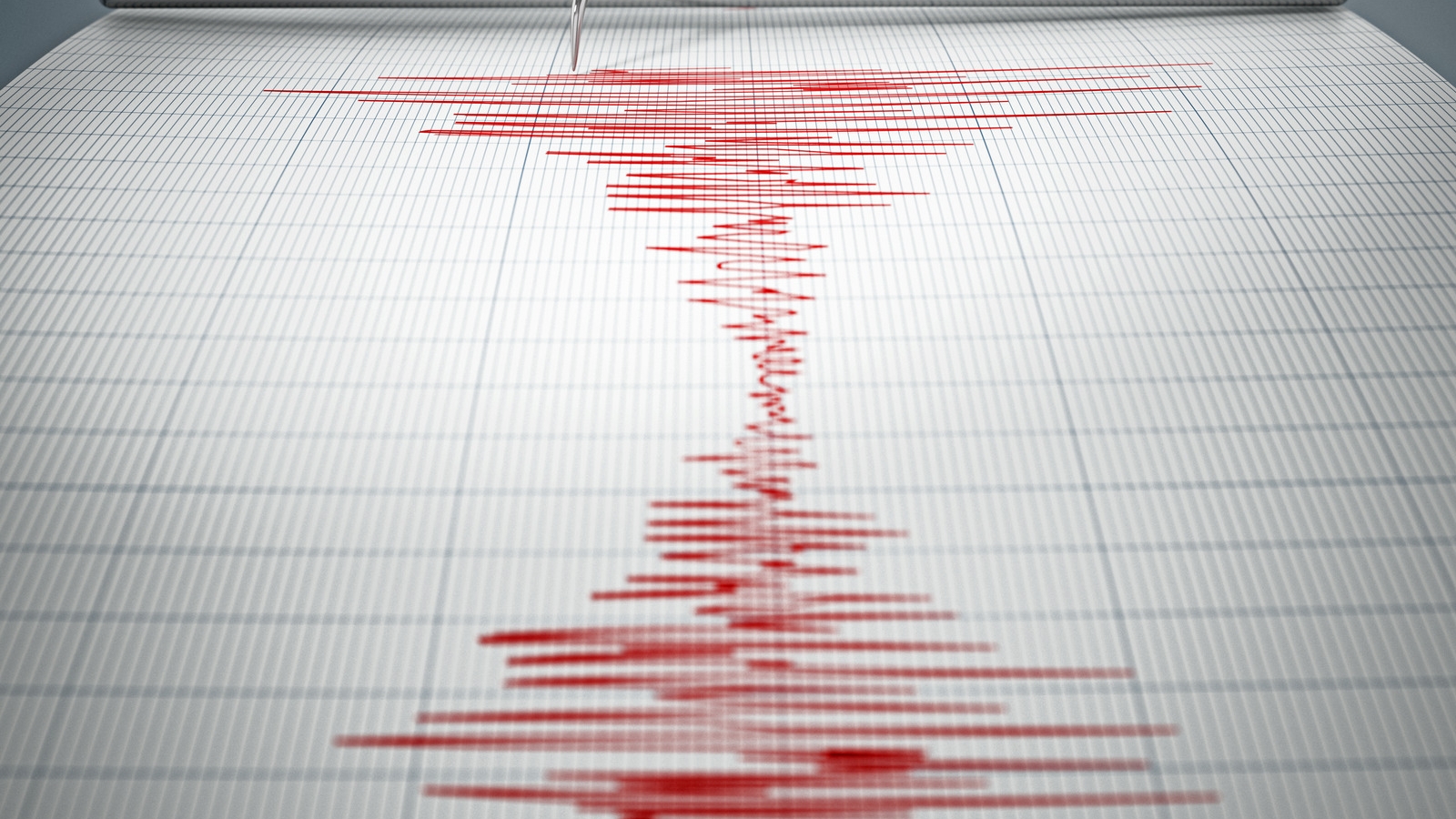The Greek island of Santorini has been shaken by approximately 1,440 earthquakes since the beginning of February, prompting emergency responses and raising concerns among residents and officials.
According to Greece’s Geodynamic Institute, the seismic activity includes around 440 tremors exceeding magnitude 3 and 73 surpassing magnitude 4 on the Richter scale. On Wednesday alone, the island experienced 45 quakes, with two registering above magnitude 4 and ten above magnitude 3.
In response to the escalating situation, Prime Minister Kyriakos Mitsotakis convened an emergency meeting in Athens with Civil Protection Minister Vassilis Kikilias and leading experts. Efthymios Lekkas, head of the Earthquake Planning and Protection Agency (OSAP), highlighted the heightened risk of landslides due to the continuous tremors. Geophysics and seismology expert Kostas Papazachos provided a cautiously optimistic outlook, suggesting that seismic activity might be stabilizing, and urged residents to remain calm.
The persistent seismic activity has led to significant disruptions on the island. Authorities have closed schools, restricted access to certain areas, and advised residents to avoid coastal zones due to potential tsunami risks. Emergency services have been deployed, and evacuation plans are in place should the situation worsen.
Santorini, known for its picturesque landscapes and as a major tourist destination, is situated in a seismically active region. The island’s history includes significant volcanic events, most notably the Minoan eruption. While the current tremors are primarily tectonic, the frequency and intensity have caused widespread concern among both residents and authorities.
As the situation develops, officials continue to monitor seismic activity closely and are prepared to implement further safety measures to protect the island’s inhabitants and infrastructure.











